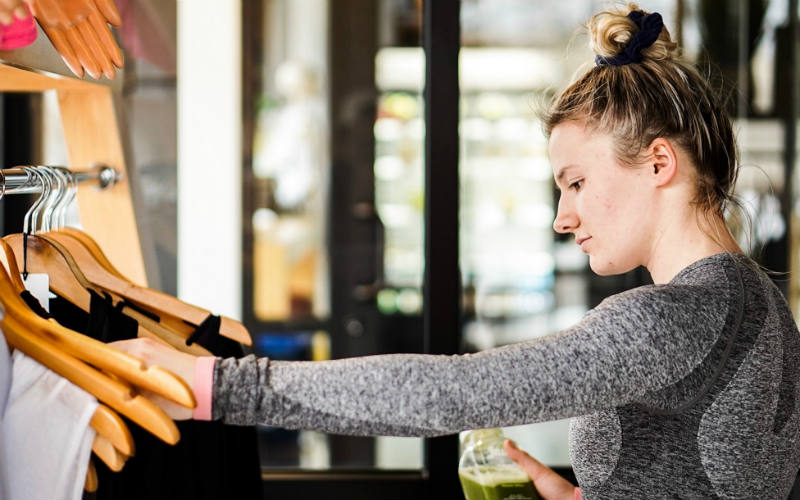A new release from the Australian Council of Social Services (ACOSS) states that of the 720,000 people on social security payments currently in lockdown, an estimated 540,000 are ineligible for the $200 weekly COVID disaster payments.
Eligibility exclusions apply to people that did not have paid work going into the recent lockdown, despite "being restricted from trying to find paid work due to the lockdown", according to ACOSS.
There was a recent shift to the disaster relief payment criteria for people on income support. People that lost 'a day' of paid work, that is less than eight hours, could now be eligible for support.
This still excludes an estimated three quarters (540,000) of people on income support, according to ACOSS.
ACOSS CEO, Dr Cassandra Goldie, called it a bad policy.
"Last year, the government did the right thing doubling JobSeeker," Dr Goldie said.
"This year, we’ve instead seen the government leave behind people with the very least. People who were trying to find paid work going into lockdown have been completely excluded from disaster support."
Lockdowns erode confidence but consumer sentiment 'down, not out'
The Westpac-Melbourne Institute consumer sentiment index fell 4.4% compared to July, now down to 104.1.
The index is now at its lowest number in a year, but Westpac's senior economist Matthew Hassan said sentiment was still better than expected.
"Most of NSW remains in an extended lock-down that is showing few signs of ending any time soon," Mr Hassan said.
"Meanwhile Victoria and Queensland both imposed new snap lockdowns during the August survey week.
"Despite the deteriorating situation, sentiment has remained in positive territory, even in parts of the country facing the biggest virus challenges."
The steepest fall compared to July was in the 'economic conditions next 12 months' category, falling 8.3% to 100.4.
Housing and home loan 'confusion'
The 'time to buy a dwelling' index also fell 8.3%, to just 88.9, meaning fewer people think now is a good time to buy.
"Over 70% of consumers expect prices to rise further over the next year with 20% expecting doubledigit price growth," Mr Hassan said.
Consumers appear to be somewhat confused about the outlook for interest rates. Every six months we ask respondents about their expectations for mortgage rates over the next year.
"The August results show just over a quarter of consumers just 'don’t know' – easily the highest reading for this category and nearly the 13.3% read back in February."
Just 3% of survey respondents expected rates to decline further, while 30% expect rates to remain unchanged, while 40% expect rates to rise.
"It seems that while most consumers understand rates are at the bottom of the cycle there is a high degree of uncertainty about when they might start to move higher," Mr Hassan said.
Image by Jon Eric Marababol on Unsplash



 Bernadette Lunas
Bernadette Lunas
 Denise Raward
Denise Raward

 Aaron Bell
Aaron Bell
 Alex Brewster
Alex Brewster

